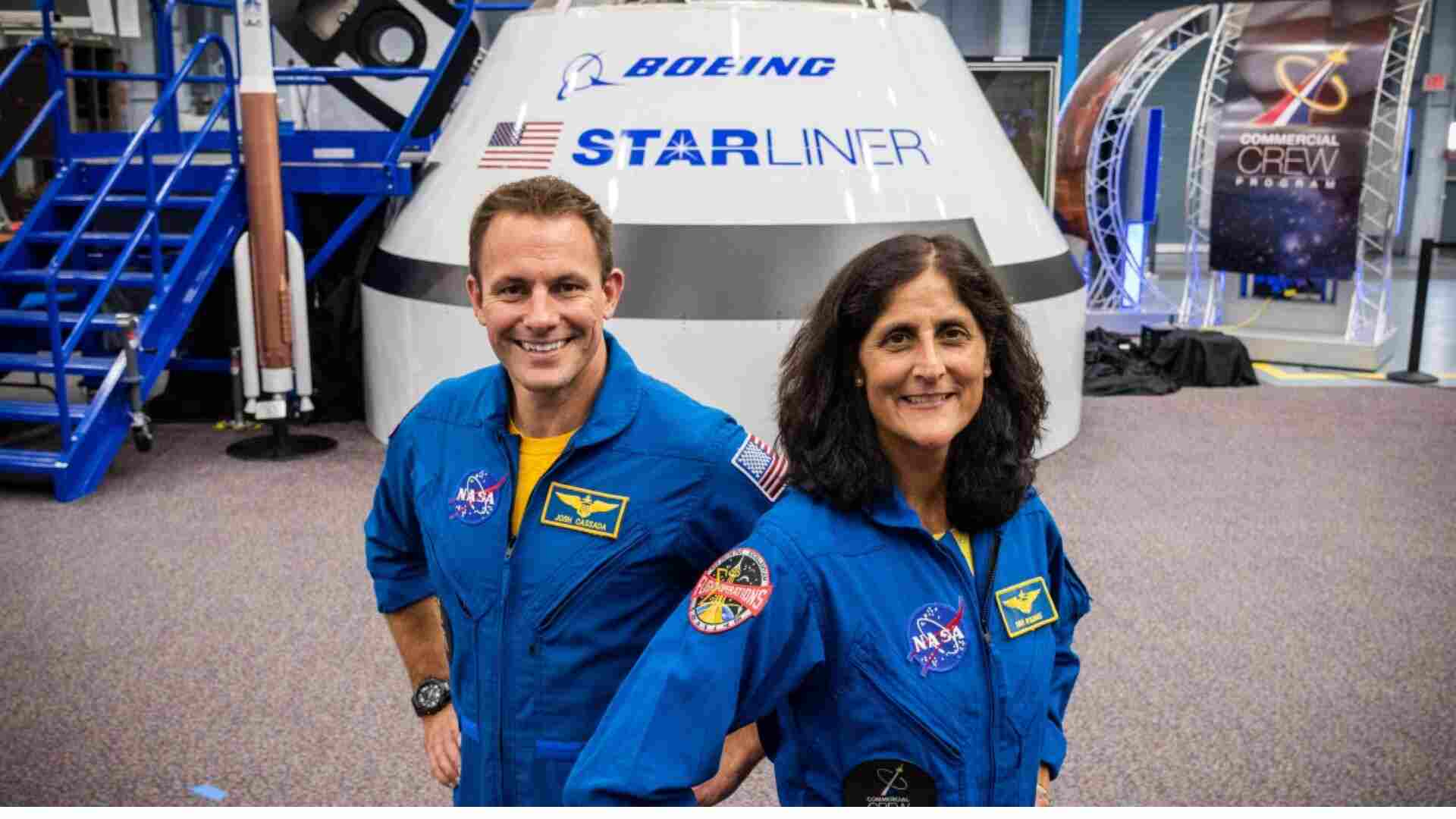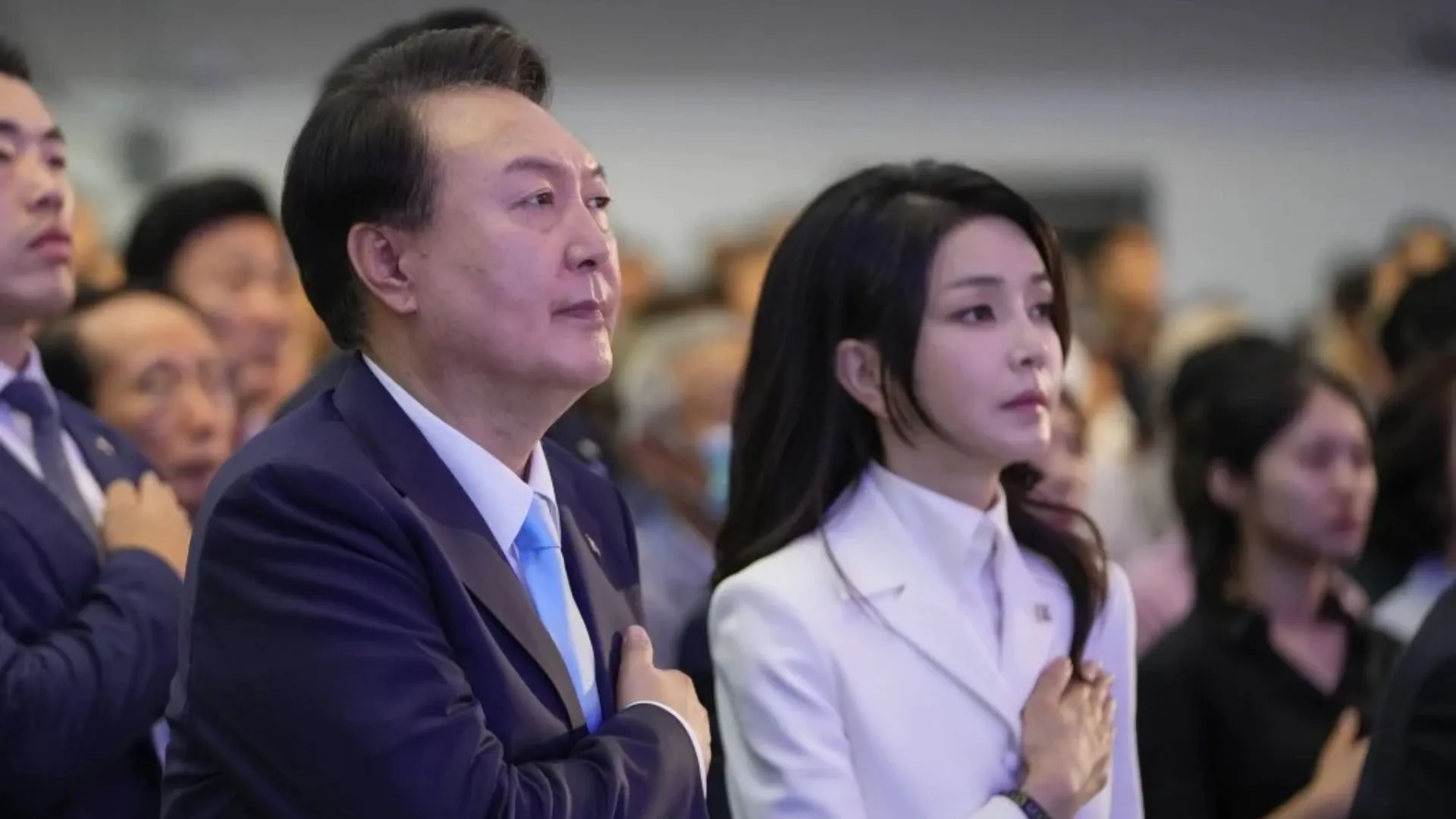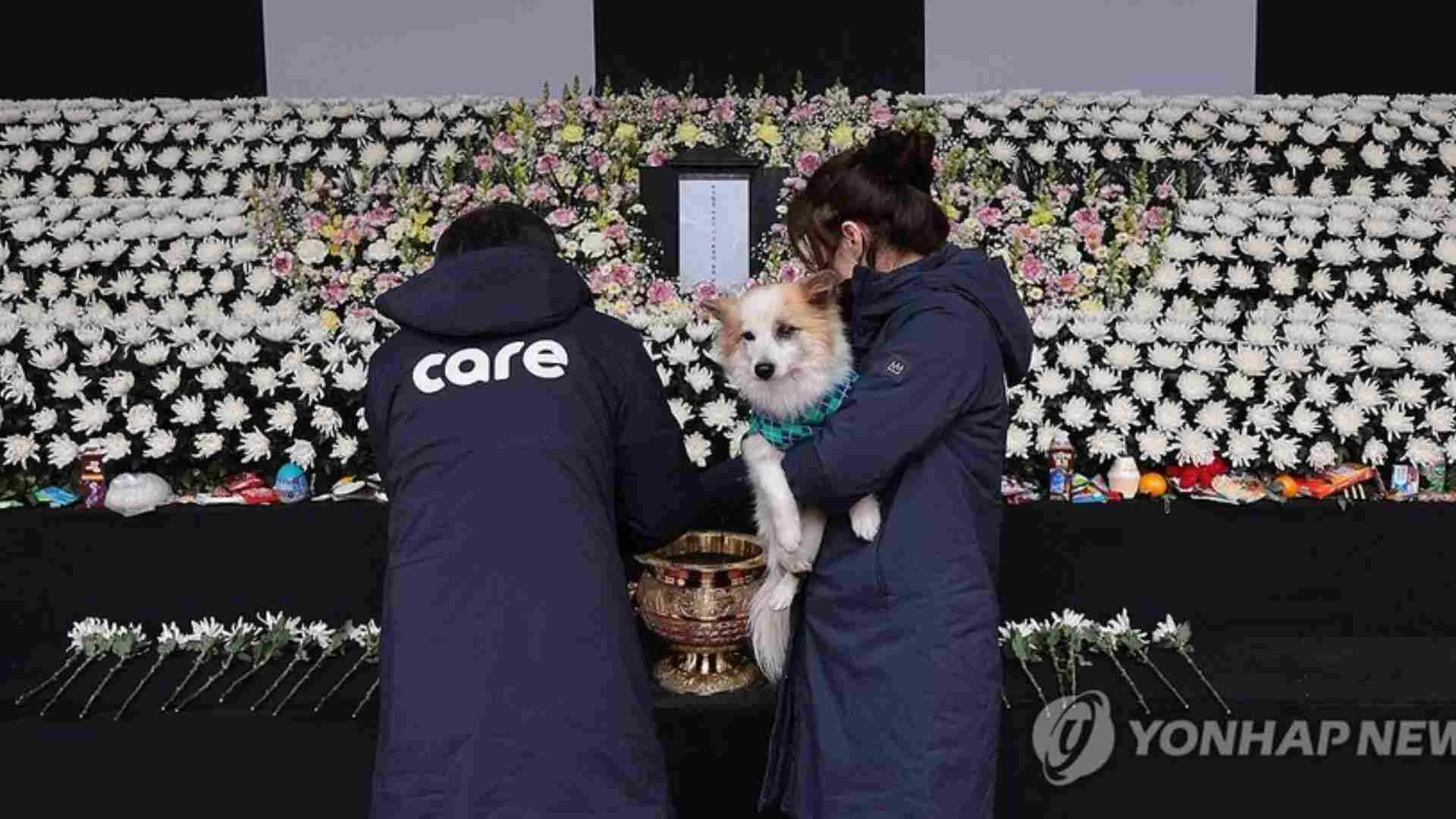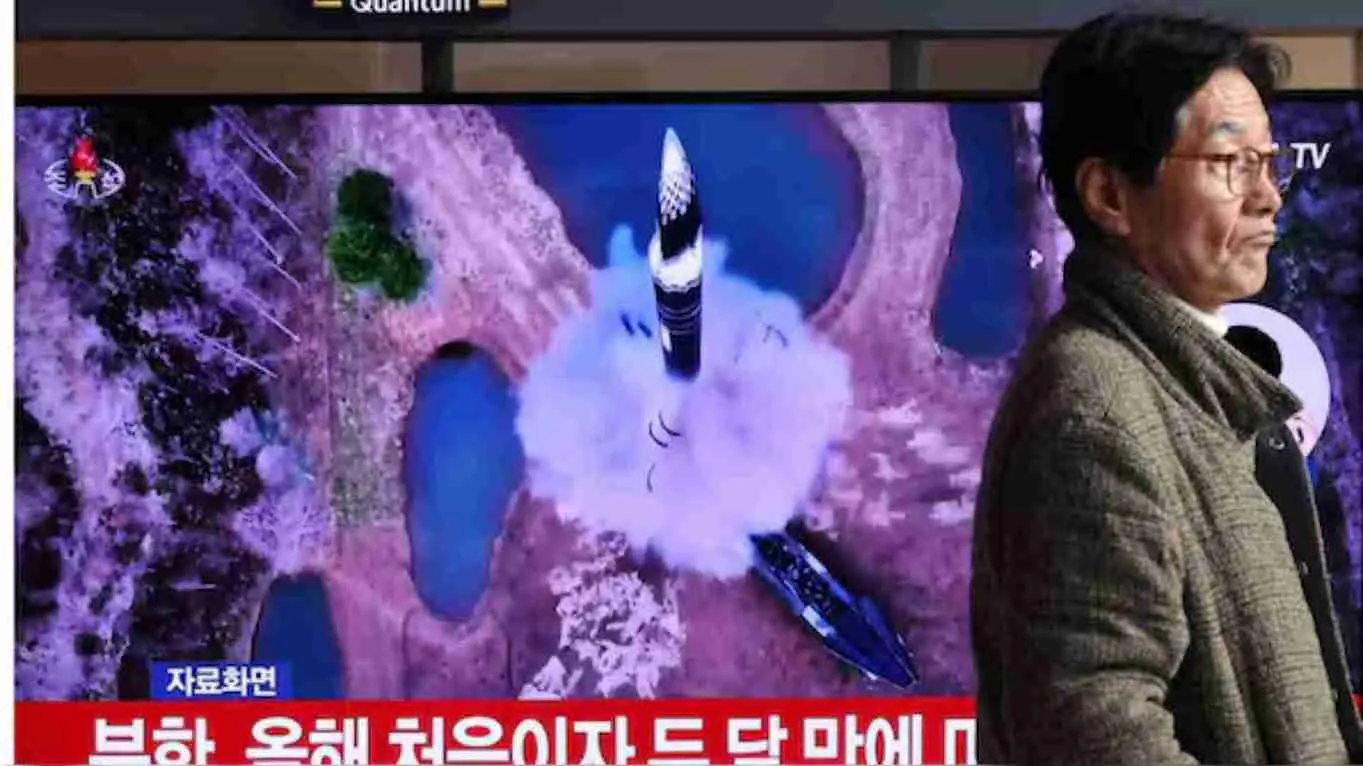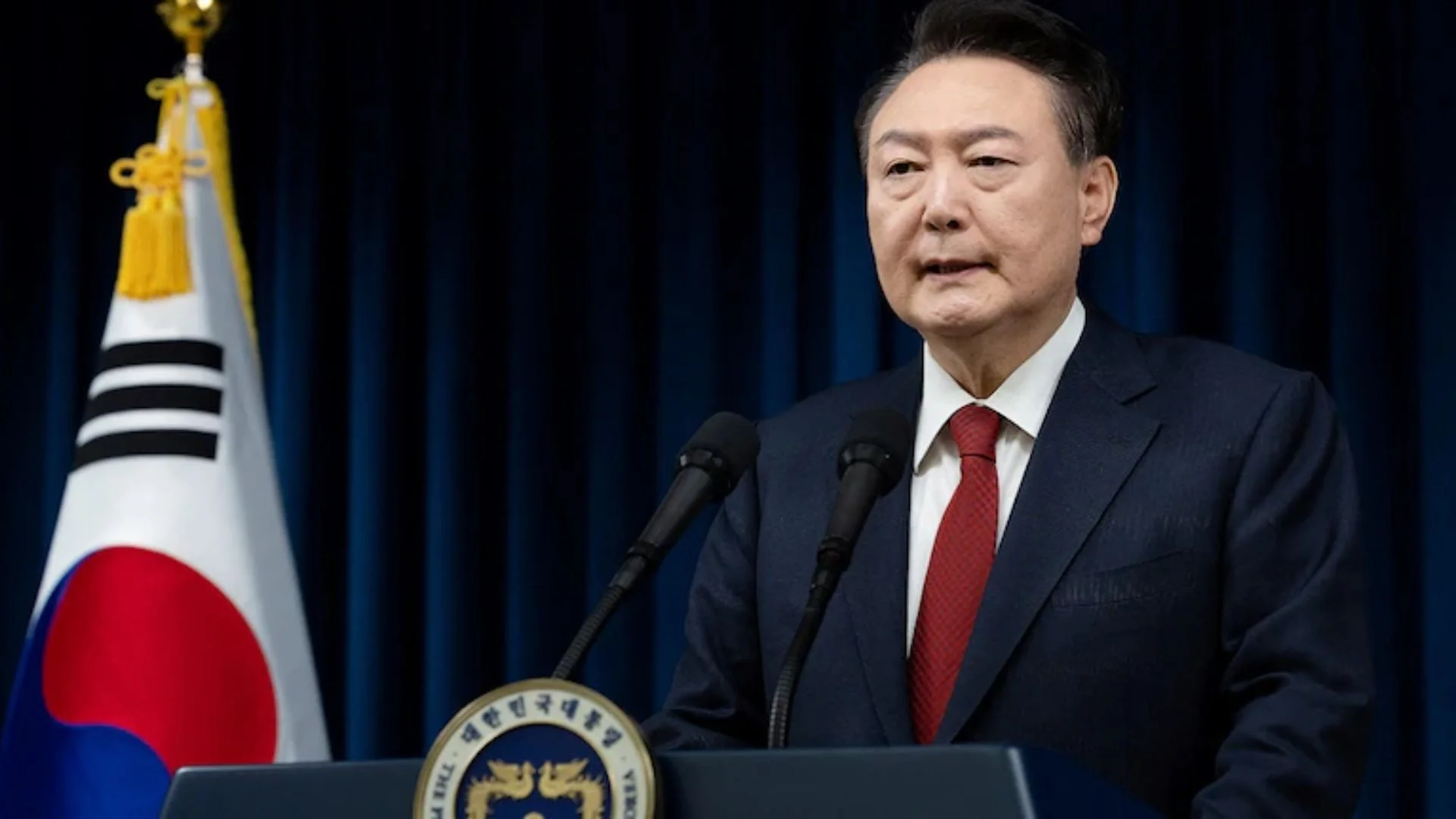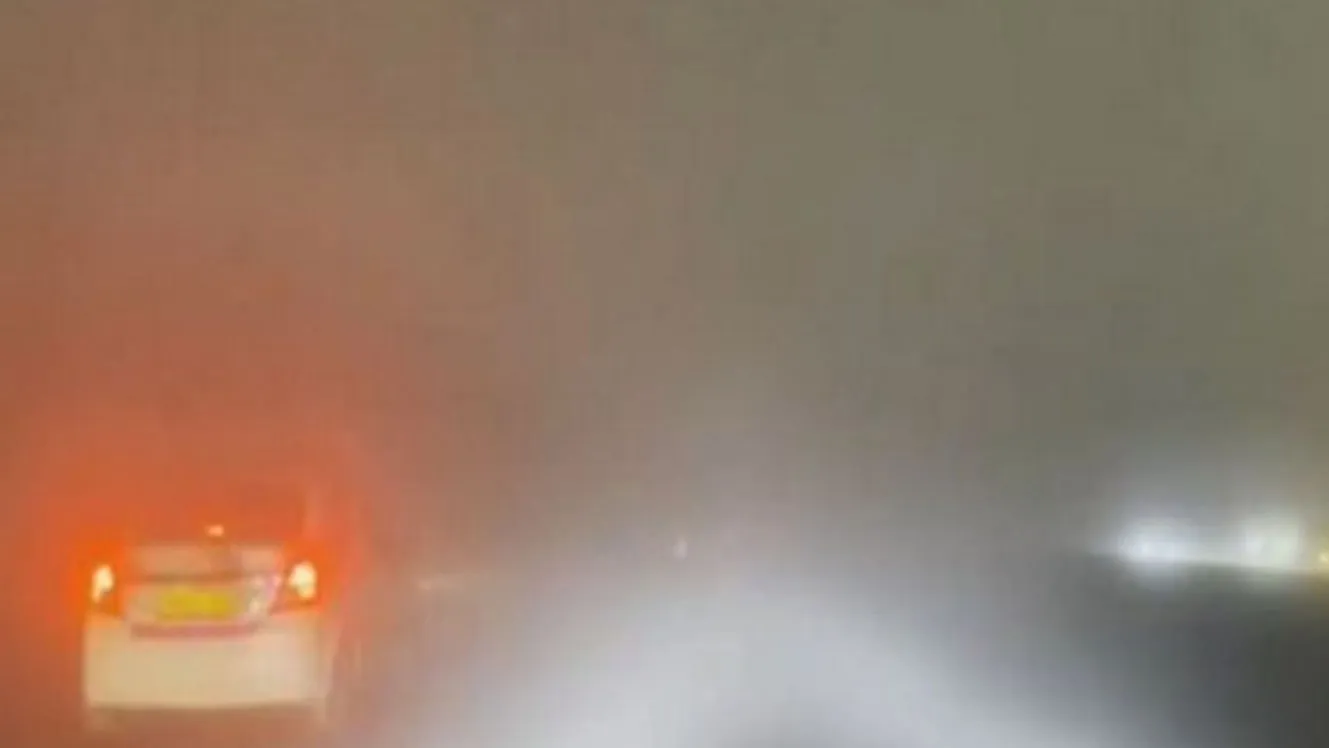A new challenge has emerged for NASA astronaut Sunita Williams, of Indian origin, and the eight other crew members aboard the International Space Station (ISS), including those currently stationed there. A superbug, known as ‘Enterobacter bugandensis,’ has been detected within the space station.
This multi-drug-resistant bacterium, often referred to as a ‘superbug,’ infects the respiratory system and has become more potent in the closed environment of the ISS. These spacebugs are not extraterrestrial but rather microbes that traveled unnoticed with the crew to the ISS.
Ms. Williams and her colleague, astronaut Barry Eugene “Butch” Wilmore, arrived at the ISS on June 6, 2024, aboard the new Boeing Starliner spacecraft. They are expected to spend over a week in the low Earth orbiting laboratory before returning to Earth after testing the new spacecraft she helped design.
The other seven crew members have been on the ISS for a longer duration. Typically, the ISS faces threats from space debris and micrometeorites, but now, these evolved bugs, which have adapted over 24 years of continuous habitation, pose a significant new concern.
NASA recently reported on these superbugs, noting that thirteen strains of E. bugandensis, a bacterium notorious for its multi-drug resistance, were isolated from the ISS. Studies revealed that under the stress of the space environment, these strains mutated and became genetically and functionally distinct from their Earth counterparts.
The ISS strains persisted over time with significant abundance, coexisting with multiple other microorganisms and, in some cases, possibly aiding their survival. This research was led by Dr. Kasthuri Venkateswaran of NASA’s Jet Propulsion Laboratory (JPL) in Pasadena, California. Dr. Venkateswaran, who studied Marine Microbiology at Annamalai University in Chennai before joining NASA, discovered a new multi-drug-resistant bug named Kalamiella Piersonii in 2023, named after his role model, former President Dr. APJ Abdul Kalam.
Further research on E. bugandensis was conducted jointly by JPL and the Indian Institute of Technology-Madras, Chennai. The team included Professor Karthik Raman from the Department of Data Science and AI, Wadhwani School of Data Science and AI (WSAI), Dr. Kasthuri Venkateswaran from JPL, NASA, and research scholars Pratyay Sengupta, Shobhan Karthick MS, and Nitin Kumar Singh from JPL, NASA. Their findings were published in the scientific journal Microbiome.
The researchers emphasized that astronauts, who operate in altered immune conditions with limited access to traditional medical facilities, face unique health challenges during space missions. Understanding the microbial landscape aboard the ISS is crucial for assessing the impact of these microorganisms on astronaut well-being.
Dr. Kasthuri Venkateswaran highlighted the broader implications of their research, stating, “Our research uncovers how certain benign microorganisms help to adapt and survive opportunistic human pathogen, E. bugandensis, in the unfavourable conditions of the International Space Station. The knowledge gained from this study would shed light on microbial behaviour, adaptation, and evolution in extreme, isolated environments that allow in designing novel countermeasure strategies to eradicate opportunistic pathogens, thus protecting the health of astronauts.”
NASA noted that “closed human-built environments, such as the ISS, are unique areas that provide an extreme environment subject to microgravity, radiation, and elevated carbon dioxide levels. Any microorganisms introduced to these areas must adapt to thrive. By delving into microbial dynamics in extreme environments, this research opens doors to effective preventative measures for astronaut health.”
Professor Karthik Raman added, “Microbes continue to puzzle us by growing in the most challenging conditions.”

